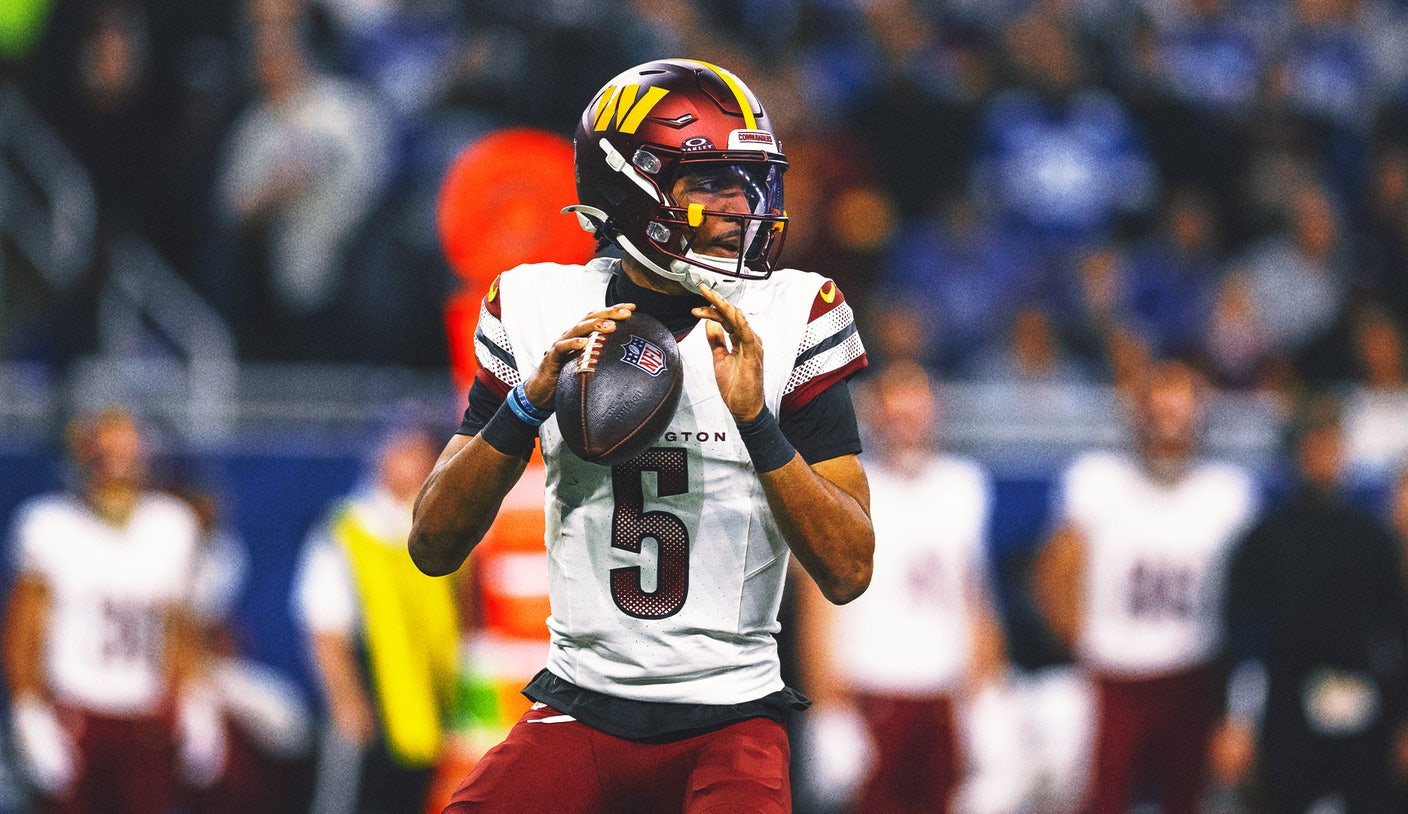For Amy Cutler’s debut solo exhibition in Asia, Perrotin Shanghai is pleased to present Truce, a selection of paintings and drawings filled with figures, animals, and trees that invite a deeper reading. Underscored by a sense of turbulence, malaise, and numbness, Cutler reframes how we might perceive the world.
At first glance, Cutler’s drawings and paintings seem to depict a world far removed from our own. A retreat from the rational into realms of mysticism, religion, and the supernatural gives rise to scenes where heads open to reveal armies of frogs and women find themselves buried in turtles. Yet, despite these strange and surreal transformations, there is a curious reconfiguration at work. At its core, Cutler’s vision remains tethered to the human experience, situating the self within an elemental landscape that feels both timeless and oddly familiar.
In terms of composition, Cutler masterfully constructs a fluid, oscillating sense of time. Flattened forms, negative space, and semi-open environments evoke the spatial ambiguity of 14th- and 15th-century Medieval art, Persian miniatures, and Japanese ukiyo-e. At times, Cutler isolates her subjects from the secular world, suspending them in domestic spaces that seem both timeless and self-contained. In other moments, she immerses them in the vast outdoors—lakes, forests, open fields, blank spaces—where the viewer is free drift, unmoored from the quiet intensity of the interior scenes.
Beyond these surreal geographies, Cutler’s work weaves together elements of craftsmanship—a wide array of textiles, braided hair, flowers, and vegetation. These materials stretch across time, linking an agrarian past to the industrial present, methodically tracing the shifts brought by evolving technology.

The exhibition in Shanghai borrows its title from the painting Truce, in which two women, having set aside their convictions—along with their heads—join forces to care for a tortoise suspended by ropes between them. Below, there’s a quiet sense of volatility: fireworks stacked in buckets, split miniature houses, hinting at an imminent instability in the background. Braids, coiling through the composition and throughout Cutler’s broader work, serve as markers of time and lineage.
The disembodied heads seen in Truce are a recurring motif for Cutler, and they carry a certain psychological weight. So much happens in our heads, where we often carry the burdens of anxiety and self-doubt. By removing the head, Cutler suggests, a sense of peace can be achieved—not through violence, but through the literal removal of what weighs us down. It’s a kind of mental relief, an invitation to view ourselves from a distance. In stepping outside our own minds, we gain the clarity that hindsight affords. Perhaps the work is proposing a new way to approach those moments of inner turmoil; by physically distancing ourselves from our thoughts, we might find perspective in the present rather than waiting for it to emerge after the fact.
Through her hybrid creatures, Cutler has created a particular visual language that is at once fantastical and laden with meaning. In Narcissus (2022), a part-woman, part-horse figure peers into a lake that doubles as an underworld where a second horse’s muzzle emerges from the water. The arrows that have struck the figure are a subtle reference to Saint Sebastian, the martyr left for dead after being tied to a tree and shot with arrows—now known as the patron saint of archers, pin makers and plague victims. The hybrid horse, embodying strength, becomes a refuge for the woman, cocooning her from harm, having survived three arrows. Nearby, ropes constrict the trunks of trees, evoking a sense of strangulation. Still, moments of quiet resilience persist. Narcissus flowers blanket the ground, hinting at the renewal of spring, while the horse, calmly communing with the mysteries beneath the surface, signals her ability to move forward, finding agency in the unknown.
This interplay of fragility and resilience carries into Muster (2024), where another hybrid form, this time a collection of tortoises, creates a paradox. Their shells, a symbol of protection and perseverance, become an agent of decay, corroding its host over time. Meanwhile, the horse in the painting—representing speed, power, and desire—shape-shifts between charging through the human form and gently breaking free. Through these unreal inversions, Cutler’s figures undergo a rebirth, liberated from the confines of reason and expectation.
This theme of transformation also carries through Cutler’s 2011 portrait series, an amalgamation of emotions, physical traits, and attire gathered from her observations. This was an exploration to bring the women in her work forward and to interact with them on a life-size scale. The names in the titles were suggested by a writer friend, and Cutler carefully paired each name with its corresponding portrait, recognizing each as a distinct character with their own lineage.
As Cutler herself has noted, “There’s a common saying about having butterflies in your stomach when you’re nervous, but for me, it feels more like frogs jumping around inside… And the lake doesn’t just mirror the world; something is emerging from beneath the surface.” Her figures, both many-faced and faceless, balance slowly, suspended between past and present, in their newfound truce.—Luqi Wang






Leave a Reply